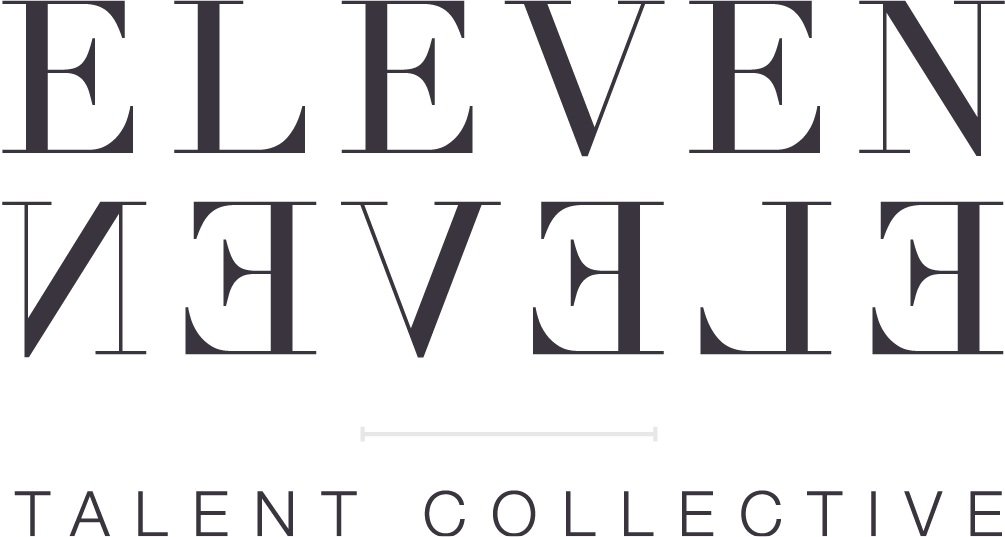Guess What? You're Not As Busy As You Think
5 MINUTE READ
Time. We all have 168 hours in a week - so why do most of us feel like we never have enough time?
In June, I attended the Art of Leadership for Women Conference. The opening speaker, Laura Vanderkam, spoke about how to gain control of our free time. As a productivity and self-help book junkie, I love anything that creates more time in my schedule. I went home and purchased her audiobook, Off the Clock.
Vanderkam’s approach to time management is about perception of time. Her focus is to create a fulfilling life, personally and professionally.
“Time is elastic. It stretches to accommodate what we need or want to do with it.”
Most of us feel like we’d have enough time if we didn’t spend so much of it at the office. In reality, how many of us use our free time to mindlessly watch TV or run errands? The question we should ask instead is, “what do I want to do more of with my non-working time?”
Vanderkam discusses time abundance and time scarcity - why do some people feel like they have all the time in the world, while the rest of us are scrambling for more? She states its because we draw energy from meaningful things. Meaningful experiences expand time and make us feel like we have more of it - like an evening spent with loved ones. Mindless activities, like scrolling through social media or watching TV, shrink time. This explains how you can easily waste two hours scrolling through Instagram.
So, how do we change the way that our brain perceives time?
1. Keep a Time Log
Figure out where your time goes.
Most of us can’t account for every hour in the day and, it turns out that we aren’t very good at estimating. Apparently, when we try to estimate the number of hours spent in the office per week, we may be off by up to 15 hours!
Where is that extra 15 hours going? The only way to know is to track your time for one to two weeks.
Next, review your time logs and consider when you are doing each activity. Front load your week and do the hard stuff first. The fluctuation of your energy level means that some times are better suited for certain activities.
Tackle your top priorities when you have the most energy. This will change your perception of what it means to be productive. Use the Friday afternoon energy lull to set next week’s priorities. Don’t wait until the end of each day (your lowest energy point) to work on a creative project; the same way that you shouldn’t wait until the end of the month to see if you have money left over to save. Pay yourself first.
“Mindfulness gives you time. Time gives you choices. Choices lead to freedom”
2. Think of Your Schedule in Weeks, not Days
The 24 Hour Trap. It’s the concept that you should have perfect balance every day. Its virtually impossible to have a day that includes, eight hours of work, exercise, a healthy home cooked meal, quality time with your partner (and kids), and time to spend on a creative hobby - let alone having that happen every single day.
You can, however, spend enough time on each of those activities over the course of one week. You probably won’t make it to the gym every day. And that’s ok. But if you can make it there 3-4x per week, then that’s good enough.
Vanderkam writes that most of us only consider what we accomplish from Monday to Thursday afternoon, which is about half of our 168 hours. We beat ourselves up when we can’t accomplish everything. She urges us to make the most of our weekends. We might not see our partner or kids as much as we want during the week, but we can make up for that time on the weekends. We need to count that investment of time as well.
"Any given 24 hours might not be balanced, but the 168-hour week can be"
3. Fill your Days with What You Want (and everything else will work around it)
Once you find those extra hours, how are you going to use them? You can choose to finally ‘get on top of that inbox,’ but as Vanderkam so eloquently states, “email will expand to fill all available space.” What is a more fulfilling way to fill that time? If you don’t make a conscious decision then you’ll end up using the time deleting emails.
Figure out what you want to do in advance, and everything else will fit around it. Are you going to have more joy in your life if you use one of your 168 hours to take that salsa dancing class or if you use it to tidy up your house (or more realistically - scrolling through instagram for an extra hour)?
“You don’t build the life you want by saving time. You build the life you want, and then time saves itself. Recognizing that is what makes success possible.”
Interested in her work? Check out Vanderkam’s Ted Talk or her latest book Off the Clock.
Written by: Ashley Dhaliwal, Guest Writer + Contributor at Talent Lab
Ashley Dhaliwal is a Sr. Advisor on the Rewards & People Operations team at Hootsuite. Her interests are in program development and project management for all-things-People around the globe. Outside of the office you’ll find her in a constant pursuit for knowledge - either through travel, books, or trying out new hobbies. Say 👋🏻 on Linkedin

